You may have heard that planting basil near your tomatoes can boost flavor or that marigolds help keep pests at bay. That’s no garden myth—it’s part of a time-tested practice called companion planting. And when done right, it can make a huge difference in your harvest.
So, what exactly should you plant next to your tomatoes for the best results? That’s what we’re diving into.
Companion planting blends traditional wisdom with science-backed strategies to create a more productive, pest-resistant garden. The right companions can repel harmful insects, attract pollinators, and even improve tomato growth and flavor. It’s a natural way to work with your garden’s ecosystem—no chemicals required.
Want to go deeper into this fascinating technique? A great place to start is the classic book Carrots Love Tomatoes by Louise Riotte—a go-to guide for gardeners everywhere.
What Are The Best Companion Plants For Tomatoes?

Image Credit: Shutterstock.
Tomatoes are one of my favorite crops to grow—nutritious, flavorful, and a true garden staple. Over the years, I’ve learned that growing tomatoes alongside the right companion plants can make all the difference. From boosting growth to keeping pests in check, companion planting has become one of my go-to strategies for a healthy, high-yield harvest.
Through research, decades of trial, error, and plenty of dirt under my nails, I’ve found a handful of companion plants that consistently help my tomatoes thrive. If you’re looking to get the most out of your tomato patch, here are some of the best plants to grow right alongside them.
1. Basil
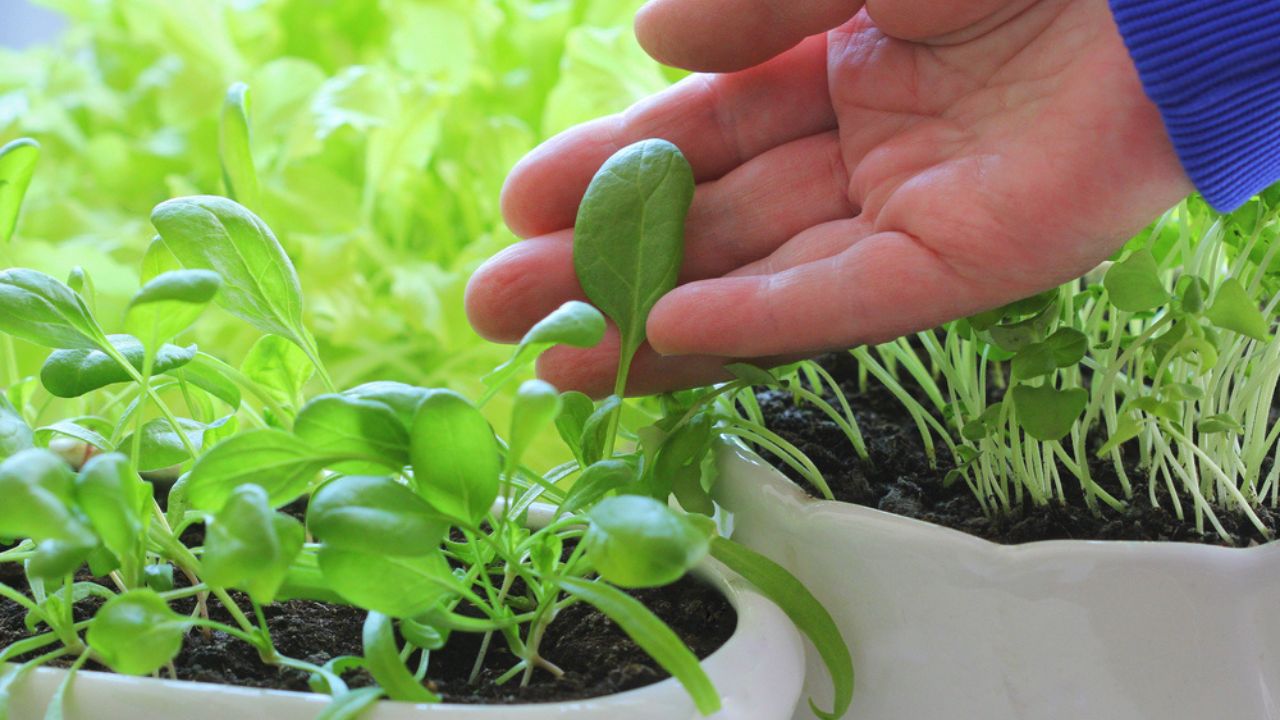
Image Credit: Shutterstock.
Basil is a great companion for tomato plants because it helps to repel some pesky insects, including aphids, whiteflies, and the tomato hornworm, but is also known for enhancing tomato taste. So, add a few basil plants around the garden: you’ll love adding a few leaves to your tomato sandwiches too!
Learn more about growing basil.
2. Parsley

Image Credit: Shutterstock.
Planting parsley next to your tomatoes can be used as a great trap crop that attracts hoverflies, which prey on aphids that can attack tomato plants.
It is also a great herb to keep in reach for summer salads, herb sauces (think chimichurri for meat), and soups. You can even use its root (that looks like a white carrot) in soup like you would use carrots in chicken noodle.
3. Garlic

Image Credit: Shutterstock.
Garlic repels garden pests such as spider mites, whiteflies, and aphids, but it also protects against late blight, making it one of the best plant partners. Plus, it’s tasty and good for you!
Learn more about how to grow garlic.
4. Borage
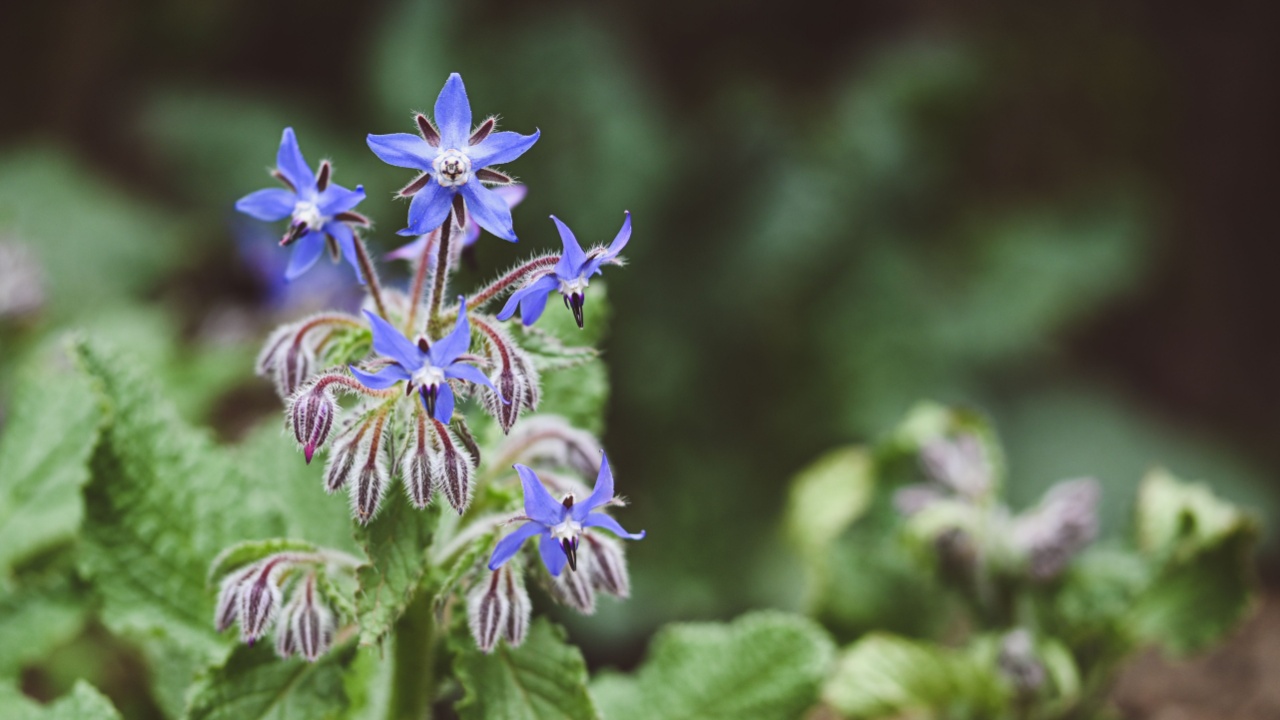
Image Credit: Shutterstock.
Borage attracts the tomato hornworm, leaving your tomatoes alone. The bushy nature of borage’s foliage can also act as a shade for the base of the tomato plants, keeping them cool and providing a refuge for beneficial insects.
5. Squash

Image Credit: Shutterstock.
Squash and tomatoes share similar needs in terms of water, light, and soil type. So, when planted together, the squash will provide a ground cover that reduces loss of water and maintains humidity.
Tomatoes and zucchinis are both garden favorites, so this power partnership will yield some serious veggies for your pantry.
6. Marigolds
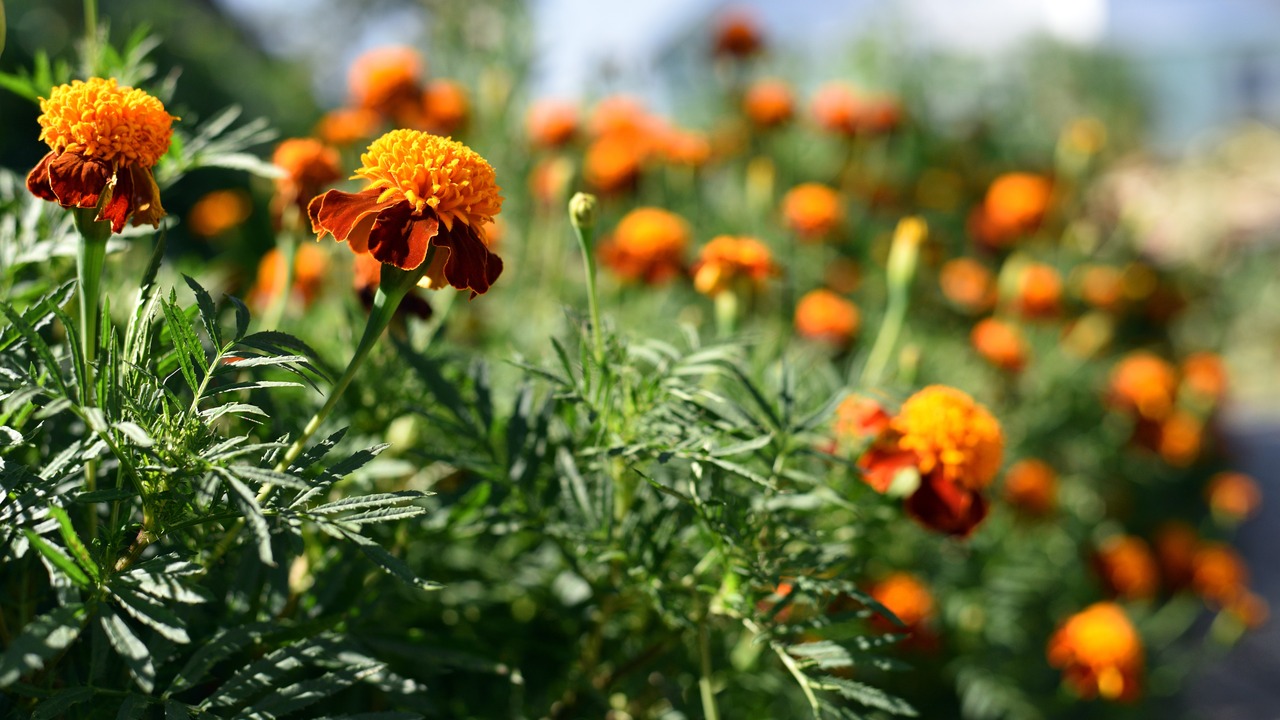
Image Credit: Shutterstock.
This beautiful flower can be planted near your tomato. It has a strong aroma that repels pests like flies and mites, allowing your plant to be unharmed by their damaging effects.
Planting French marigolds next to tomatoes can help deter nematodes (round worms) and root-knot. What a great way to add some beauty to your veggie patch.
7. Nasturtiums

Image Credit: Shutterstock.
A peppery and bitter plant, nasturtium is more than just a pretty flower to tomatoes: it is a trap crop for aphids. Please be mindful of where you plant this flower because it will grow quickly if not controlled. One way to solve this problem is to train it to go up a trellis.
Additionally, nasturtiums are a yummy addition to your salads, and they make delicious pesto and soup.
8. Asparagus

Image Credit: YayImages
Planting asparagus next to tomatoes can help deter nematodes. Additionally, the asparagus’ roots are known to produce a natural fungicide that could be beneficial in preventing fungal diseases like botrytis and early blight from attacking your tomatoes.
Asparagus is also great at attracting predatory wasps whose larvae feed on the hornworms. Learn more about growing asparagus.
9. Chives

Image Credit: Shutterstock.
Chives have been known to repel a number of pests that affect tomatoes, such as aphids, nematodes, and spider mites. The odor these plants emit is strong enough to repel insect pests such as flea beetles, cucumber beetles, and the carrot fly. That’s a definite win. Plus, you have a new tasty addition.
10. Lettuce
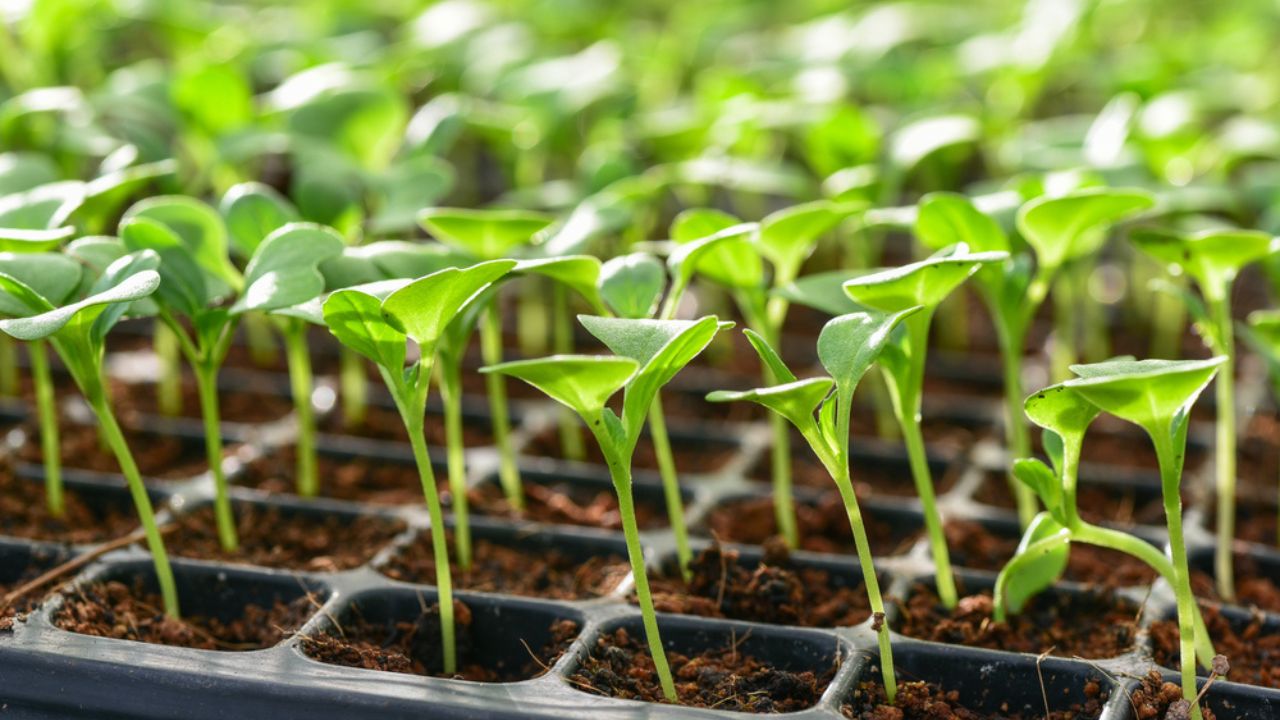
Image Credit: Shutterstock.
Lettuce is another great companion plant of tomatoes: it loves the shade that tomatoes provide, as well as the moist soil there. Lettuce also acts as a living mulch by aiding in maintaining moist and cool soil.
11. Other Herbs
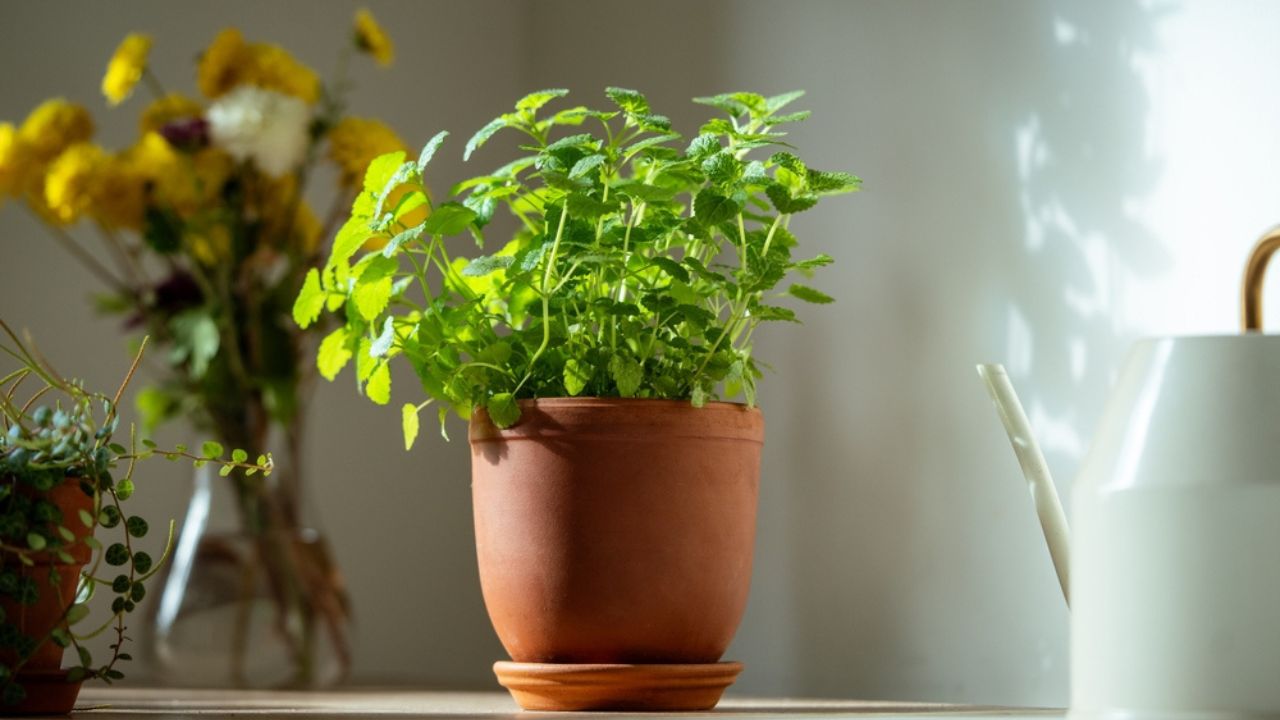
Image Credit: Shutterstock.
Bee Balm, lemon balm, and mint are other plants that make good tomato neighbors. The strong scents can repel some bugs, while alluring others away. Yet, be careful, as these plants are sometimes invasive.
What Should NOT Be Planted With Tomatoes?

Image Credit: Shutterstock.
Not all plants get along. Here are some plants to keep away from tomatoes.
- If you want healthy tomatoes, brassicas, such as cabbage, broccoli, and Brussels sprouts, should not be grown near them.
- Corn is another vegetable you don’t want next to your tomatoes because it attracts the tomato fruitworm as well as the corn earworm.
- Planting Kohlrabi close to tomatoes will hinder tomato plant growth.
- Dill will also limit the healthy growth of a tomato plant.
- The nightshade family, including pepper plants and potatoes, will increase the chance of early and late blight.
- Fennel is best planted by itself as it not only affects tomatoes but other plants as well, since its roots secrete a substance that stunts growth.
- Leafy greens, such as spinach and leaf lettuce, attract the white butterfly-like cabbage moths and cabbage worms.
Which Plants Will Benefit From Being Planted Next to Tomatoes?

Image Credit: Shutterstock.
So far, we have discussed how other plants can be beneficial to tomatoes. However, tomatoes can also be an excellent companion as well. Here are some examples:
- Will repel the asparagus beetles from asparagus
- Keep away insect pests from gooseberries
- Can guard roses against black spots
Frequently Asked Questions for Tomato Companion Planting
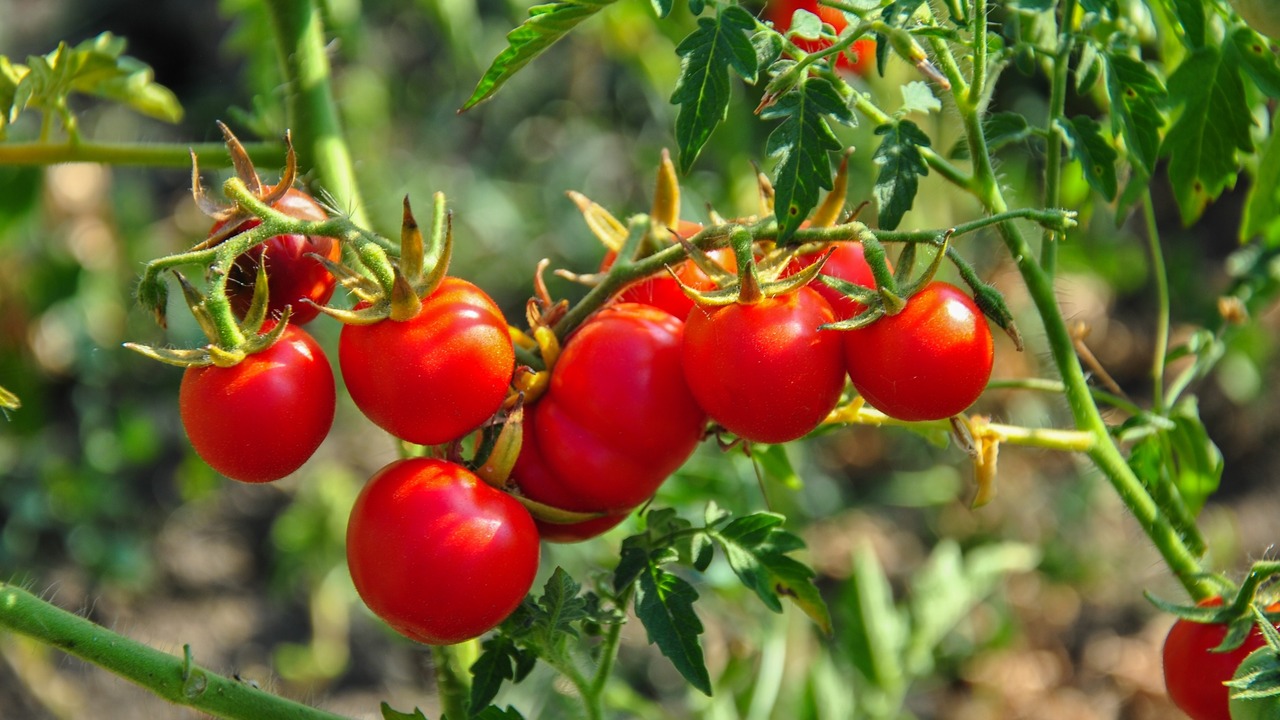
Image Credit: Shutterstock.
What should not be planted with tomatoes?
Any plant that will invite pests or fungal diseases to your tomatoes. Corn, cabbage, and broccoli are just a few examples (scroll back up for more examples).
What to plant with tomatoes to keep bugs away?
A good guard crop around your tomatoes is a great way to create natural pest control. It will also give you the added benefit of a great vegetable garden.
Can I plant tomatoes and cucumbers next to each other?
In short, yes. Tomatoes and cucumbers, along with pole beans and peas, grow well together. Make sure to keep a calendar handy for varying harvest times for each of the different plants. We recommend a week apart. Also, keep an eye out for pests that can cross over each plant.
Can peppers and tomatoes be planted together?
Peppers and tomatoes share many of the same needs for optimal growth, making them a good fit with one another in the garden.
So, as you plant your garden this spring, remember these best companion plants for tomatoes and add them to your garden: your tomatoes will love you for it. Happy gardening!



How To Make Tomato Plants Grow Faster - 13 Easy Tips
Tuesday 20th of June 2023
[…] One way to prevent tomato hornworms is through the use of companion planting. Planting basil, oregano, thyme, garlic, or marigolds near your tomatoes will help repel many pests. Here are more companion plants for tomatoes. […]
How Far Apart To Plant Tomatoes For Better Yield
Monday 17th of April 2023
[…] best companion plants for tomatoes […]
Companion Planting Guide (Including 7 Benefits Of Polyculture)
Tuesday 29th of March 2022
[…] Companion plants for tomatoes […]
How To Grow Marigolds From Seed
Thursday 3rd of June 2021
[…] due to their ease of growing and care. Marigolds are a great beginner flower and are also excellent companion plants in vegetable gardens. With their bright orange double blooms, marigolds add a great splash of color to any garden […]
How To Grow Nasturtiums - A Guide To Planting, Growing, And Harvesting Nasturtium Plants
Wednesday 2nd of June 2021
[…] Nasturtiums are also beneficial to your garden! Companion planting (growing complementary plants together) with nasturtiums allows for more valuable vegetables to […]